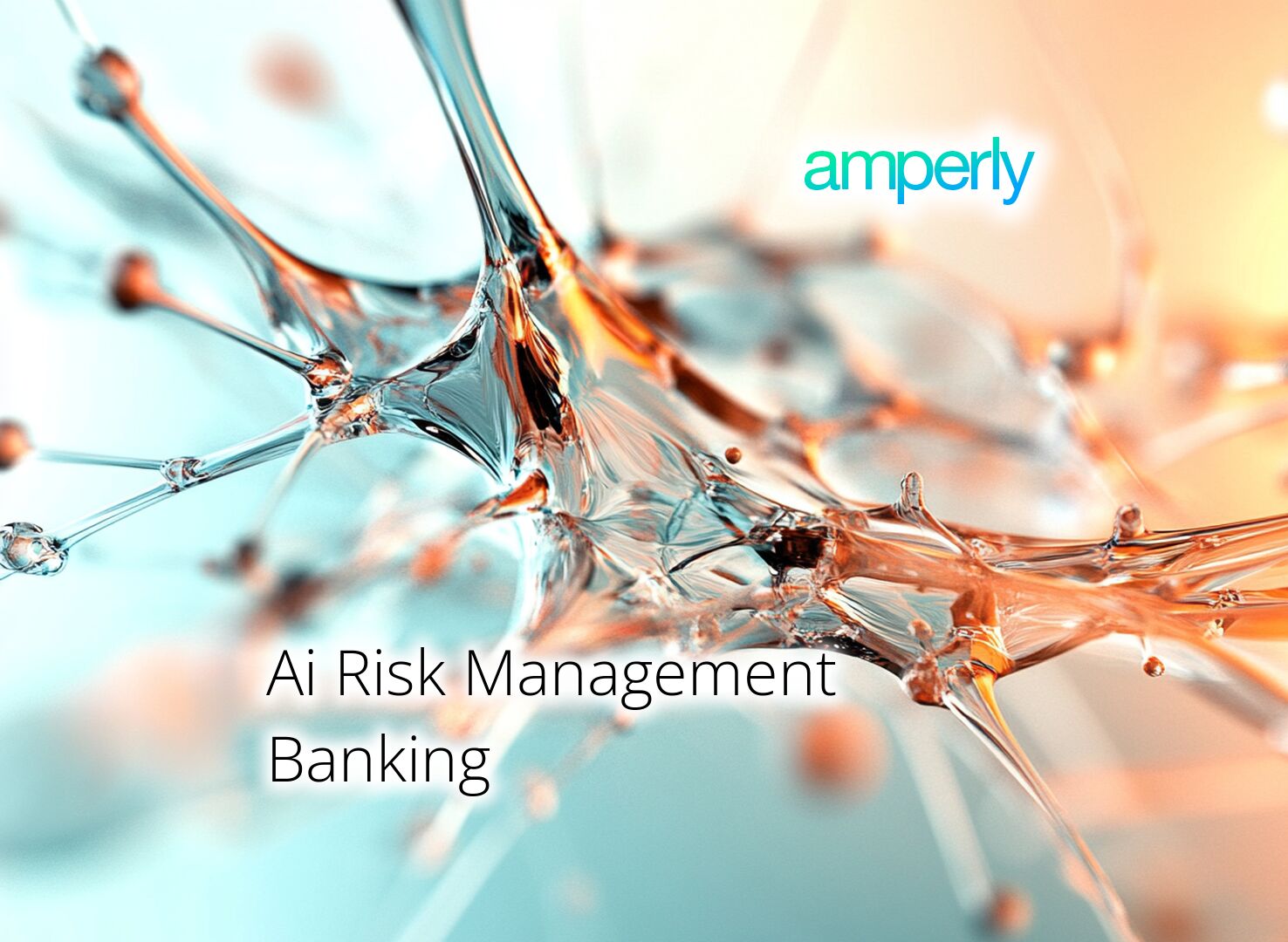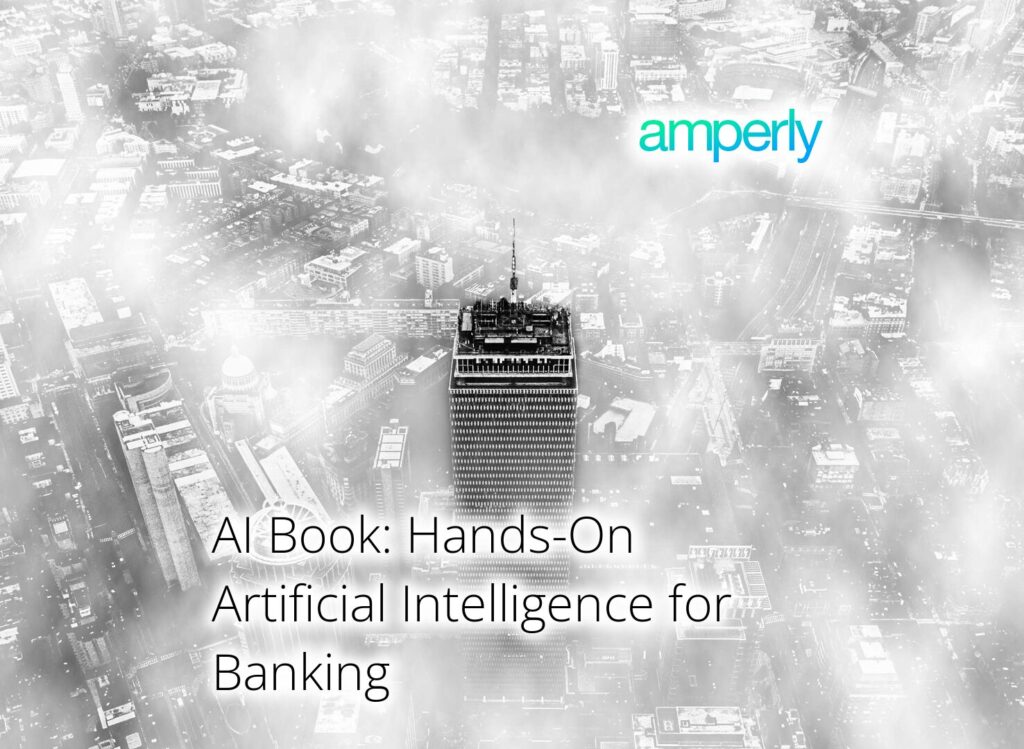AI risk management banking isn’t just a buzzword—it’s your new reality. You’re already seeing AI transform how you work, from streamlining tasks to reshaping customer interactions. But as AI grows, so do its risks—security breaches, biased decisions, and even operational failures are knocking at the door.

You’ll find more insights on AI’s role in improving customer support in banking here AI in banking customer service. You can read more about the role of AI in fraud prevention in banking by visiting AI in fraud detection.
Operational Efficiency From AI in Banking
Streamlining processes with AI risk management banking: You can save time and resources by automating repetitive work like data entry and client onboarding. Research shows banks that adopt AI tools for these tasks can see time savings of up to 30%. Freeing up your team’s time means they focus on higher-value activities like personalized client service or more complex problem-solving.
Reducing human errors via AI risk management banking: Automating tasks such as report writing or compliance checks can minimize costly mistakes. Studies indicate errors drop by up to 50% when banks integrate AI into their workflows. When errors go down, so does the risk to your organization’s reputation—and that builds trust with your clients.
Improving Customer Service with Conversational AI
Improving regulatory compliance through AI risk management banking: Staying compliant can be overwhelming, especially when regulations keep changing. Stanford research shows that AI tools reduced compliance costs by 23% while improving accuracy. To keep up, you can use AI to scan hundreds of regulations in minutes and flag risks before they become problems.
Boosting customer experience with AI risk management banking: Frustrated customers often leave without telling you why. Improving response speeds with chatbots powered by large language models could keep them engaged, and 24/7 support increases retention rates by 15%. Offering fast, personalized service makes customers feel valued, which leads to loyalty.
AI Data Privacy and Security Risks in Banking
AI risk management banking must prioritize data privacy to safeguard customer trust and regulatory compliance. Generative AI systems rely on large datasets, but training them improperly can expose sensitive customer details. For example, research shows that 63% of executives cite cybersecurity and data breaches as their biggest concerns with AI. Encrypting data and conforming to strict compliance standards isn’t just smart—it’s mandatory if you’re using AI tools in your processes.
Integrating ai risk management banking practices into credit risk modeling can streamline decision-making and reduce losses. AI can analyze countless variables to predict loan defaults, but results are only as good as the data provided. A survey found that 56% of financial institutions actively use AI-driven tools to improve their fraud detection and credit risk assessments. You should ensure those tools are auditing inputs, testing assumptions, and flagging anomalies to avoid costly errors.
Bias in AI Decision-Making for Banking Services
Auditing AI Decisions Can Uncover Hidden Risks: Ensuring fairness in ai risk management banking involves deep reviews of the decisions AI models make to spot unresolved biases. Research shows that AI systems used in banking, including credit scoring and loan approvals, have a notable chance of embedding biases that could go undetected across 20-30% of decisions. By regularly auditing your AI tools and retraining them to remove these biases, you can make their outputs fairer and reduce compliance risks.
Accuracy in Loan Predictions Strengthens Customer Trust: Banks rely on accurate outputs from AI systems to predict loan eligibility while managing ai risk management banking processes. Studies suggest poor AI decision-making can impact customer trust and even result in nearly 15% of customers contesting decisions annually. Updating AI models frequently and monitoring impacts on customer interactions reduces disputes and strengthens reliability.
Regulatory Compliance Challenges With AI Systems
Regulatory compliance challenges in AI risk management banking: Staying compliant with the many financial regulations is harder with generative AI tools. A 2022 study from the Bank for International Settlements found that only 12% of global banks felt they had enough resources to fully meet compliance requirements for AI systems. To fix this, your best approach is to focus on making AI processes more transparent and document them thoroughly to clear audits.
Balancing innovation with operational risks in AI risk management banking: Introducing AI tools means balancing innovation with risks to operations, like system errors. According to Gartner’s 2023 report, over 60% of banks said they’d experienced at least one significant issue when rolling out AI systems. Before deploying new AI, always test it in a controlled setting to find and solve potential issues early.
AI-Based Fraud Detection Enhancements in Financial Systems
AI in risk management banking improves fraud detection capabilities. Generative AI can analyze vast amounts of transaction data and user activity to spot irregular patterns that traditional systems wouldn’t catch. For instance, financial institutions using AI tools have seen a 20% reduction in fraud attempts, according to industry research. By integrating AI tools into your workflow, you’ll not only safeguard your bank’s assets but also build trust with customers who expect strong security.
AI risk management banking supports compliance by automating data review. Keeping up with regulatory requirements is time-consuming, but AI simplifies this by automating reports and analyzing compliance risks. LLMs, for example, can review hundreds of pages of regulatory documents in seconds, saving teams countless hours. Use this time saved to focus on more strategic tasks that enhance both customer service and internal processes.
Excessive AI Dependency Risks in Core Banking Processes
Overreliance on AI in risk management banking processes introduces operational vulnerabilities. It’s tempting to let AI systems handle everything, but overdependence can backfire. Studies show that if large language models fail, they can disrupt up to 40% of operations in highly AI-driven environments. You need clear fallback systems and human oversight to prevent your bank from losing control when the unexpected happens.
AI risk management banking must focus on regulatory compliance to avoid penalties. AI tools are great at processing data fast, but they can miss risks that don’t fit historical patterns. For instance, audits report that 59% of financial penalties result from compliance gaps, often linked to automated systems. Regular reviews combining AI outputs and human insights are the most reliable way to stay ahead of issues.
Scalability and Cost Management Challenges of AI
AI risk management banking requires balancing scalability and cost pressures. Training generative AI systems can be expensive, with some estimates placing costs at hundreds of thousands to millions of dollars for large models depending on complexity and requirements. To manage this, you can focus on optimizing AI models by using more efficient algorithms or leveraging pre-trained models to cut costs and improve ROI.
AI risk management banking depends on better data governance for outcomes you can trust. Research shows that poor data quality costs organizations an average of $15 million annually due to inefficiencies and misinformed decision-making. Establishing clear data pipelines and quality controls ensures that insights from your AI don’t lead to preventable mistakes or compliance issues. This step also reduces audit complications, saving both time and money long term.
Employee Adaptation To AI-Driven Workflows
Employee training must address AI risk management banking integration to reduce fear of job loss. Without clear communication, employees may feel AI is replacing their role. Nearly 85% of employees express concern over automation and its potential to eliminate jobs, according to research. You can help by showing how these tools are designed to complement tasks, not replace people. Start discussions about efficiency gains and focus on high-value work that needs human insight.
Implementing AI risk management banking tools can reduce bias and improve decision-making. Generative AI can help cut errors in credit risk assessments or compliance work. McKinsey found using AI in risk tasks reduced human errors by 50%. Include staff in the process of testing and improving this technology—it increases trust and adoption.
Ethical Concerns Over AI-Generated Outputs in Finance
Building practical frameworks for AI risk management banking: Creating clear guidelines helps you manage the potential of AI systems generating biased or misleading outputs. Research highlights that 65% of banking executives are concerned about reputational risks tied to AI mistakes. To stay ahead, make ethics an ongoing conversation in your department and outline steps for detecting and fixing errors quickly.
Evaluating risks of generative AI’s automated outputs in daily operations for AI risk management banking: Misleading or unethical AI outputs can erode trust and compliance frameworks in finance. A recent analysis showed that AI misuse has caused compliance fines to rise by 25% in banking over the past five years. You can reduce these risks by combining strong human oversight with AI-driven monitoring systems to flag questionable content early.
Artificial Intelligence Services
AI Risk Management in Banking with LLMs and Generative AI
Banking leaders face growing pressure to balance innovation with risk management, especially with large language models (LLMs) and generative AI reshaping the industry. Staying ahead means leveraging the right AI services to address operational inefficiencies, improve customer interactions, and minimize potential risks.
Here are 3 critical AI services to focus on for banking:
1. Operational Efficiency From AI in Banking
LLMs can automate repetitive banking tasks like data entry, client onboarding, or compliance reporting. By reducing manual workloads, banks can significantly lower their error rates. Generative AI also speeds up report creation by drafting detailed summaries, letting your staff spend more time on high-value activities.
Setting up smarter workflows with these tools can immediately improve productivity. See how AI services can help optimize your processes.
2. Improving Customer Service with Conversational AI
AI-driven chatbots give your customers a 24/7 communication channel. They provide quick, accurate answers to routine inquiries without tying up human resources. Generative AI takes this a step further by crafting personalized responses and follow-ups, making clients feel valued and heard.
Better customer experiences start with effective tools. Learn how AI email replies and lead nurturing flows can scale customer engagement.
3. AI Data Privacy and Security Risks in Banking
AI systems that mishandle customer data can lead to compliance violations and eroded trust. Large language models require careful setup, ensuring sensitive data isn’t exposed during training. Encryption, strong access controls, and auditable processes are essential to securing these systems.
Protecting client information with the latest tech is non-negotiable. Explore artificial intelligence consulting services to strengthen your bank’s AI security measures.
AI can transform banking if handled right. Ready to take the next step? Check out our Artificial Intelligence Services to get insights tailored to your goals.
You can read more about the impact of AI in fraud detection within financial systems here AI-based fraud detection enhancements.
Transform Your Banking Operations with AI: Practical Steps for Implementation
You’ve seen how AI can save time, reduce errors, and improve both customer service and compliance. Start by assessing which processes in your bank could benefit most from AI tools—whether it’s fraud detection, compliance monitoring, or credit risk modeling. Think about ways to combine AI insights with human oversight to ensure better results while avoiding pitfalls like bias or overdependence.
Next, engage your team in conversations about AI integration. Involve them in testing new tools and provide training that helps them see AI as a partner, not a threat. This approach builds trust and improves adoption rates.
If you’re ready to take the next step in AI implementation or need help navigating the process, we’re here to guide you. Contact us to explore solutions tailored to your bank’s specific needs. Let’s make AI work for you.

